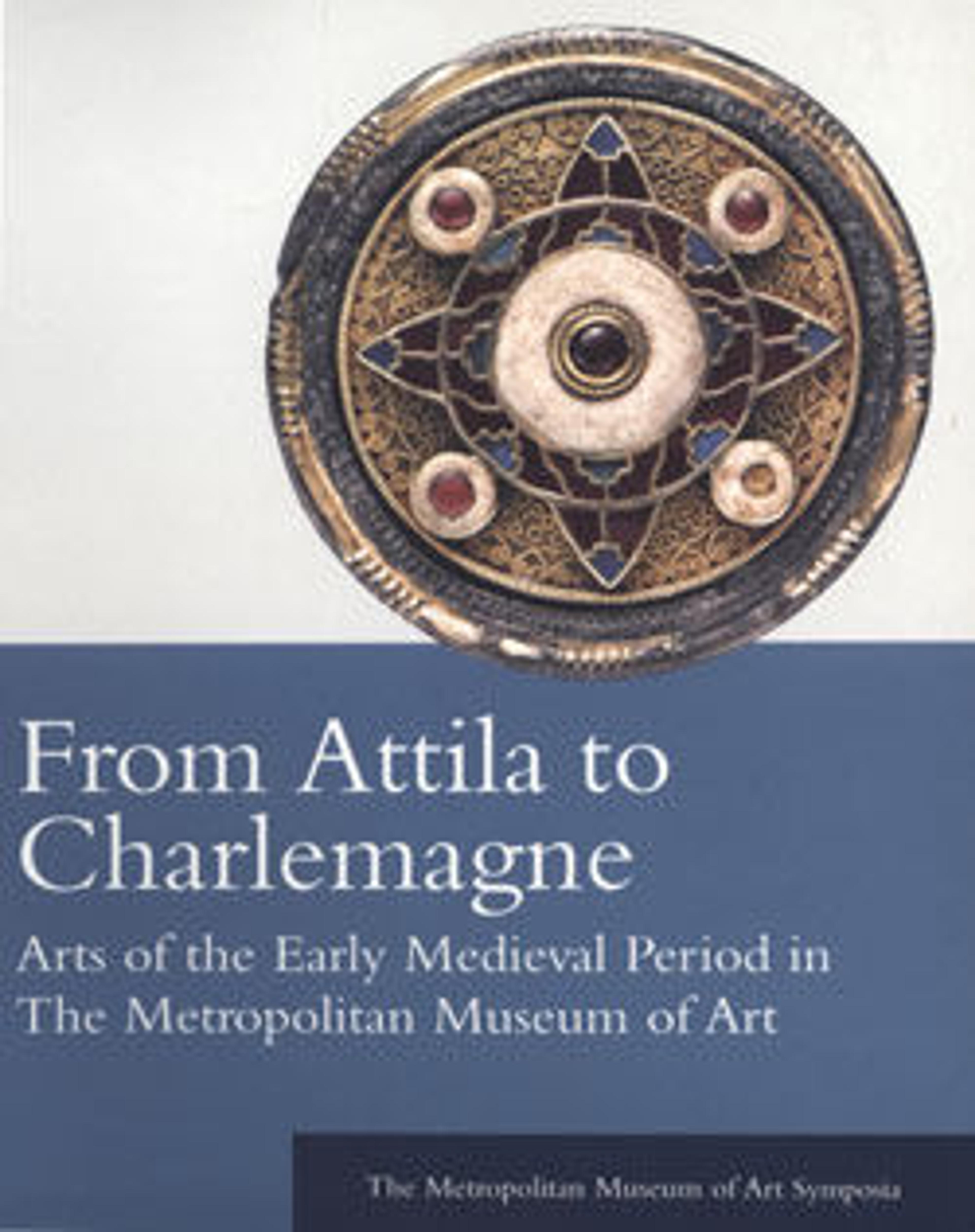Earring
This earring, along with its pair (acc. no. 22.50.6), are said to be from the ancient city of Olbia on the northern coast of the Black Sea. Long a colonial trading post of the ancient Greeks, the city was inhabited by a mix of Greeks and Scythians and, from the third century B.C., Sarmatians as well. These earrings were made in the mid-first century A.D., a time when local inhabitants received gold and silver from the Romans in exchange for local goods such as salt and grain. The earrings display an array of accomplished goldsmithing techniques: three teardrop-shaped sardonyx stones in serrated, or dogtooth, settings are placed above a crossbar adorned with twisted filigree and granulation. The five chains of twisted gold wire hanging from the crossbar would have originally terminated in small glass beads. The Sarmatians, like the Scythians, buried their dead with jewelry and other possessions, and these earrings were likely part of a wealthy woman's burial attire. A grave recently excavated from the area suggests that a full complement of burial jewelry would have also included several necklaces, a pair of bracelets, gold brooches, and a string of beads for the head.
Artwork Details
- Title: Earring
- Period: Early Medieval Period - Helenistic
- Date: mid-1st century
- Culture: Sarmatian
- Medium: Gold, sardonyx
- Dimensions: Overall: 1 15/16 x 1 x 1/4 in. (5 x 2.5 x 0.7 cm)
- Classification: Gold and Silver
- Credit Line: Rogers Fund, 1922
- Object Number: 22.50.5
- Curatorial Department: Greek and Roman Art
More Artwork
Research Resources
The Met provides unparalleled resources for research and welcomes an international community of students and scholars. The Met's Open Access API is where creators and researchers can connect to the The Met collection. Open Access data and public domain images are available for unrestricted commercial and noncommercial use without permission or fee.
To request images under copyright and other restrictions, please use this Image Request form.
Feedback
We continue to research and examine historical and cultural context for objects in The Met collection. If you have comments or questions about this object record, please complete and submit this form. The Museum looks forward to receiving your comments.
